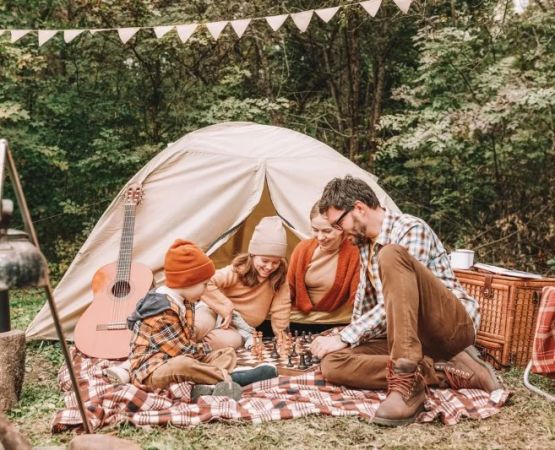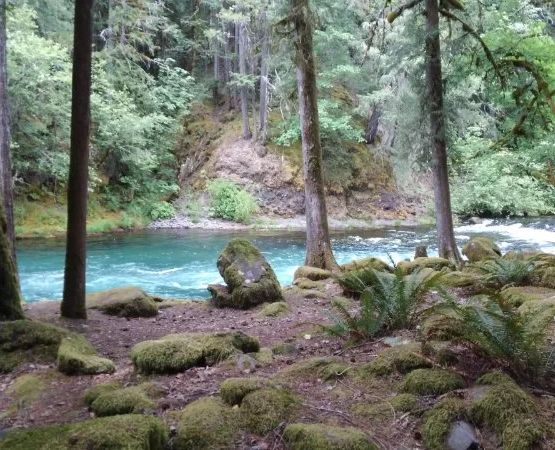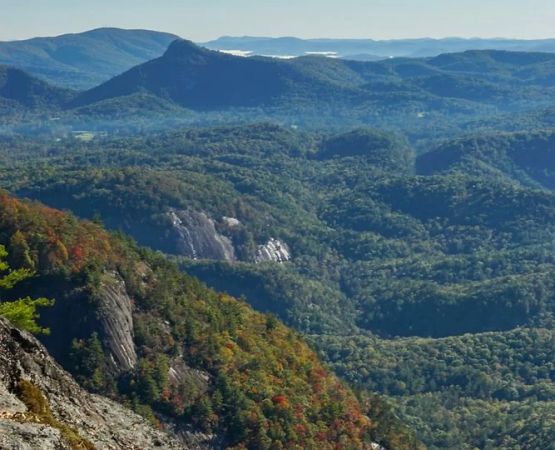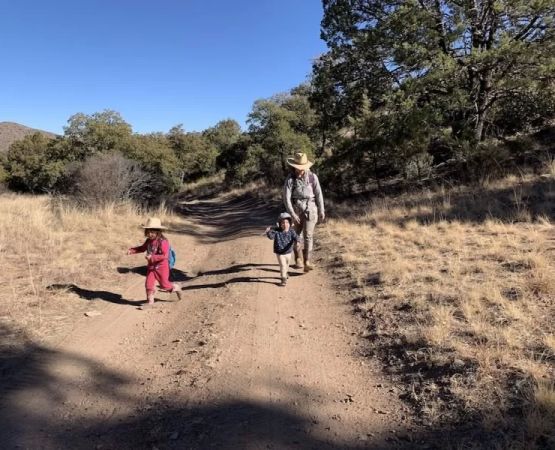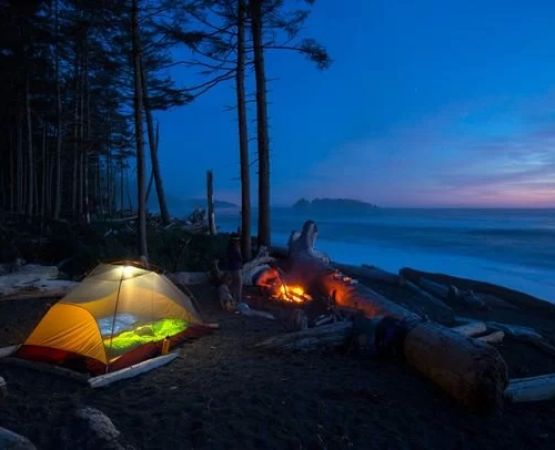- 1 - Why Leave No Trace Matters in Camp Cooking
- 2 - Principles for Meal Preparation in the Outdoors
- 3 - Responsible Clean-Up Techniques
- 4 - Real Camping Experiences That Highlight These Principles
- 5 - Choosing Eco-Friendly Gear for Minimal Impact
- 6 - Building a Culture of Respect Through Camp Cooking
1 - Why Leave No Trace Matters in Camp Cooking
Understanding the Principles of Leave No Trace for Camp Cooking is essential for anyone who enjoys outdoor adventures. Cooking in the wild brings joy and connection with nature, but without careful practices, it can leave behind waste, damage landscapes, and even harm wildlife. Leave No Trace is about more than rules—it’s a mindset that ensures future campers can enjoy pristine environments. When you cook outdoors with these principles in mind, you become a steward of the environment rather than just a visitor.
2 - Principles for Meal Preparation in the Outdoors
Effective camp cooking starts before you light the stove. Planning meals that minimize packaging, preparing ingredients at home, and opting for reusable containers are simple steps that drastically reduce waste. For example, instead of bringing canned goods that require disposal, pack fresh vegetables in mesh bags or pre-chopped meals in reusable containers. This not only reduces litter but also makes cooking at your campsite easier. At places like Pine Cliff Resort, campers can find supplies and services tailored for eco-friendly outdoor dining.
3 - Responsible Clean-Up Techniques
Cooking is only half the story—clean-up is where many campers slip up. The Leave No Trace principle emphasizes packing out all food scraps, using biodegradable soap sparingly, and disposing of wastewater at least 200 feet from rivers and lakes. A practical method is the “strainer technique,” where campers filter food particles from wash water, pack them out, and then disperse the clean water. These small actions keep ecosystems healthy while ensuring campsites remain inviting for others.
4 - Real Camping Experiences That Highlight These Principles
In 2021, a viral post circulated about hikers in Colorado finding a campsite littered with half-burned food and plastic waste. It sparked a wave of conversations online about how even unintentional negligence damages the outdoor experience for others. On the other hand, many campers share stories of joyfully leaving a campsite “better than they found it,” picking up stray litter, and sharing eco-friendly meal prep tips with fellow travelers. These stories prove that individuals practicing Leave No Trace can inspire entire communities.
5 - Choosing Eco-Friendly Gear for Minimal Impact
Your choice of gear plays a big role in reducing environmental impact. Lightweight stoves, collapsible cookware, and fuel-efficient burners help minimize reliance on open fires, which can scar landscapes and deplete wood supplies. Compostable dishware or reusable utensils further cut down on waste. Businesses like Pine Cliff Resort often provide eco-conscious products designed specifically for outdoor enthusiasts who care about sustainability.
6 - Building a Culture of Respect Through Camp Cooking
When campers embrace Leave No Trace principles, they foster a culture of respect for both nature and fellow adventurers. Cooking in ways that avoid harmful impacts sets an example for future generations and creates a ripple effect of positive change. It’s about understanding that every meal outdoors is not just nourishment for the body but also a chance to nourish our connection with the environment. With mindful camp cooking, we ensure that the beauty of wild places endures.


